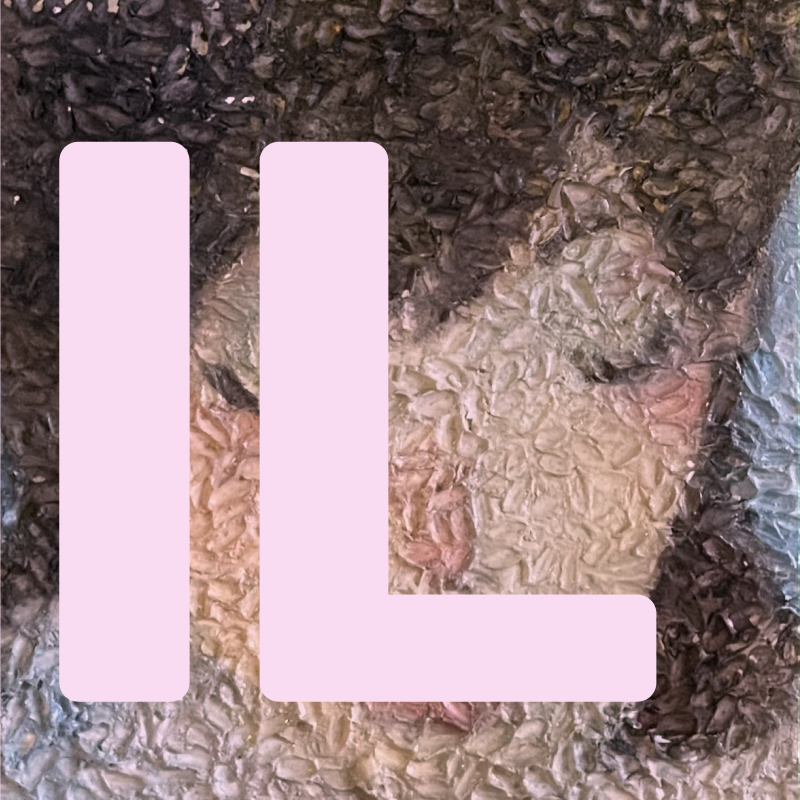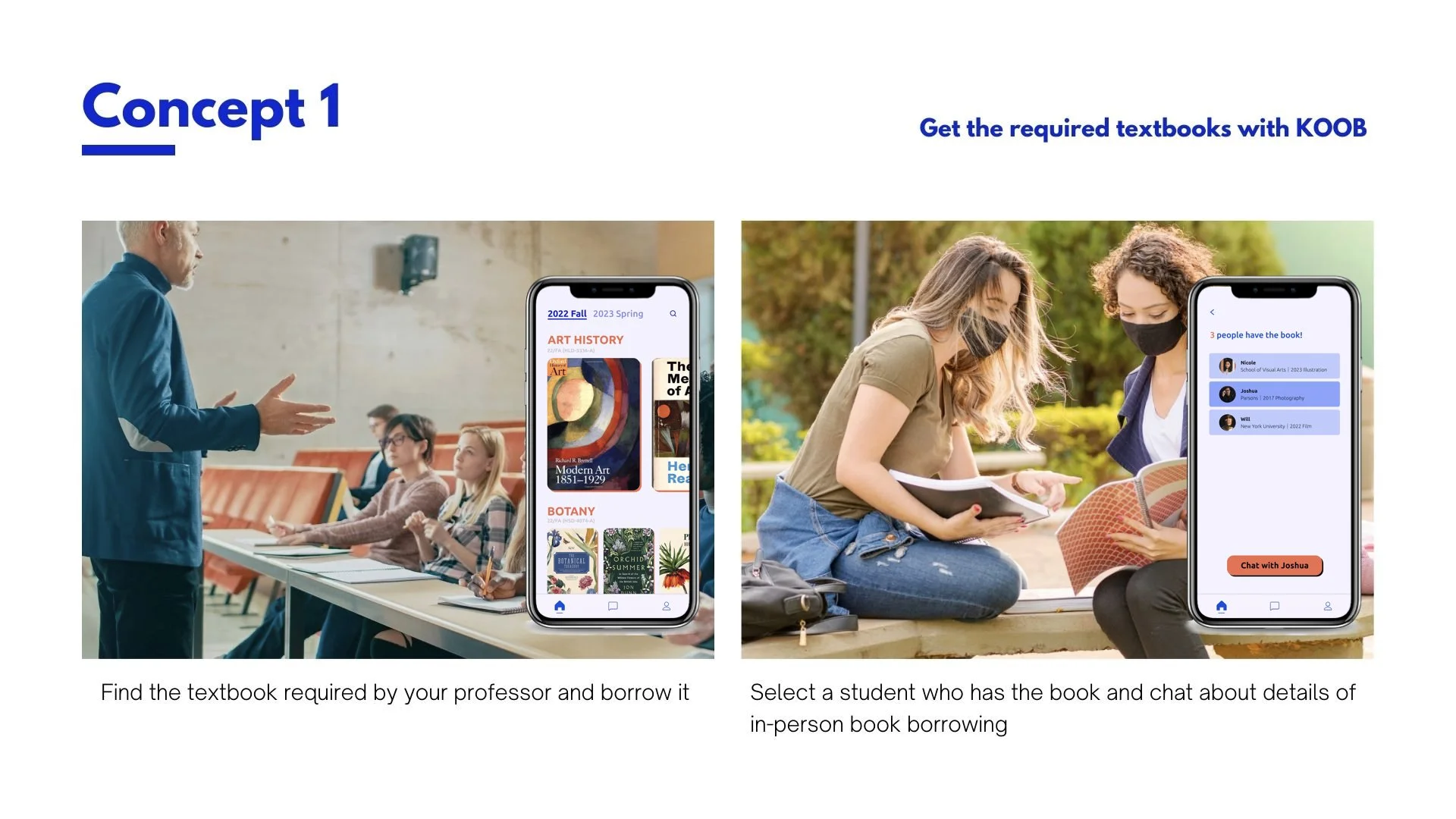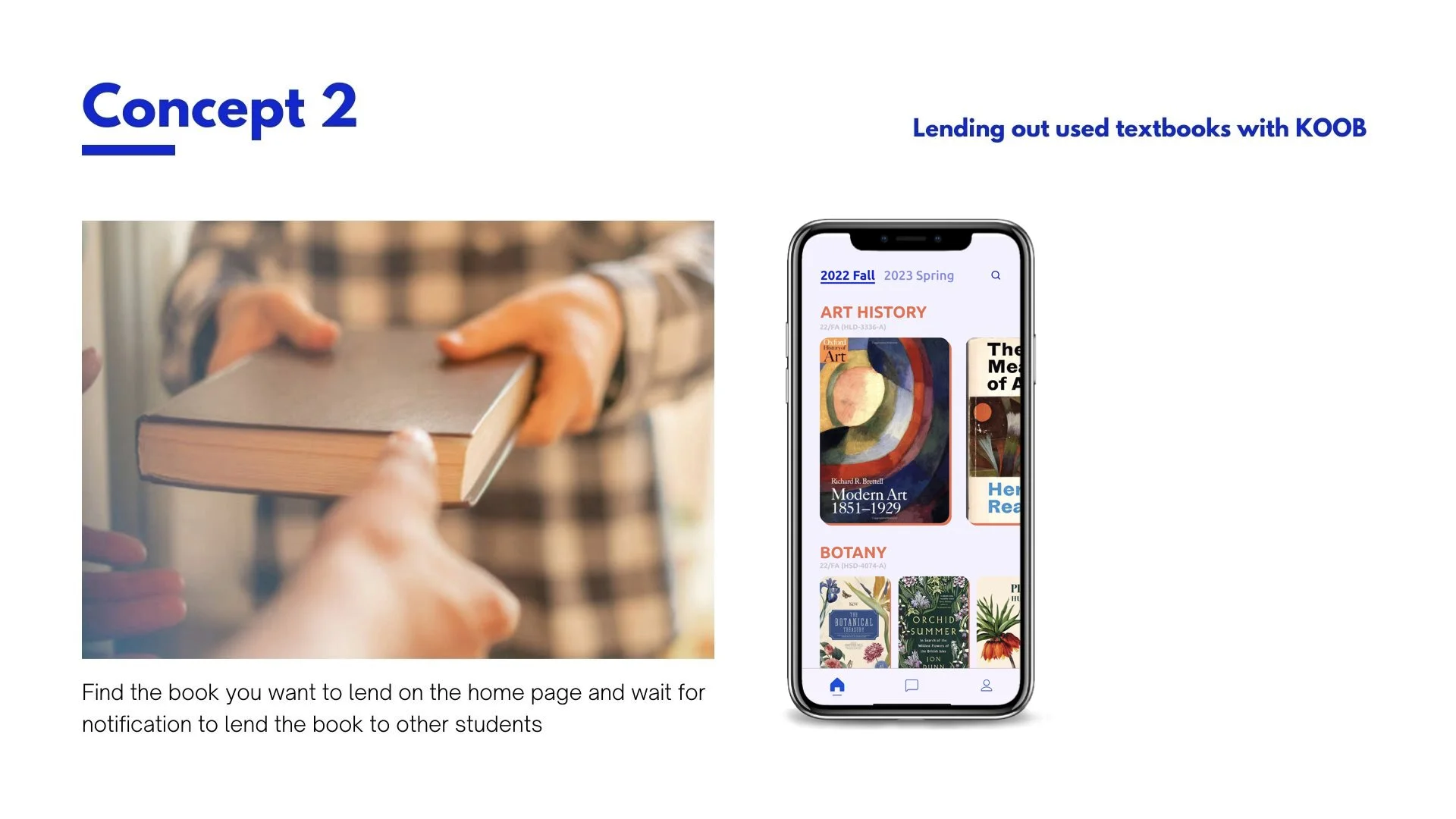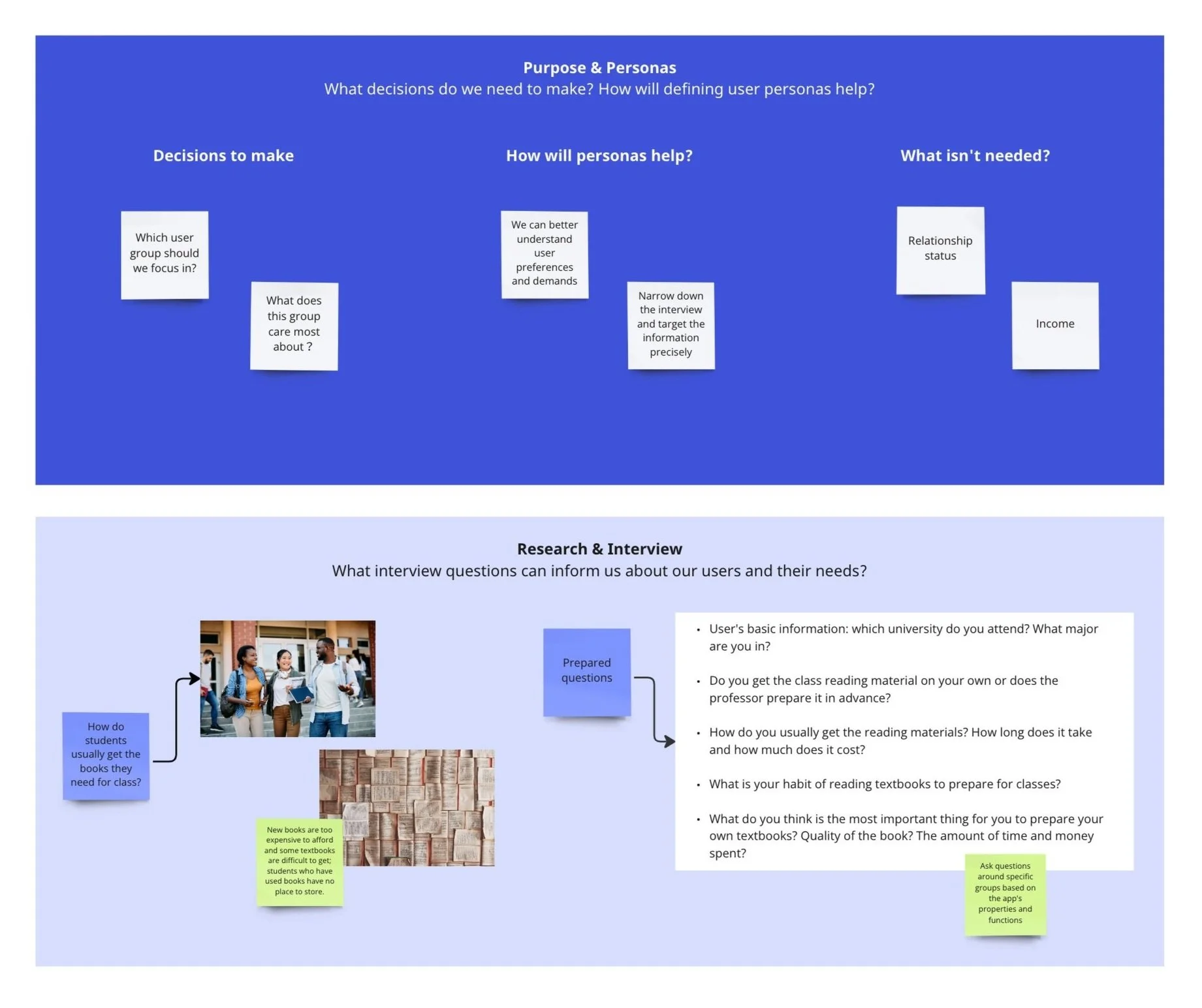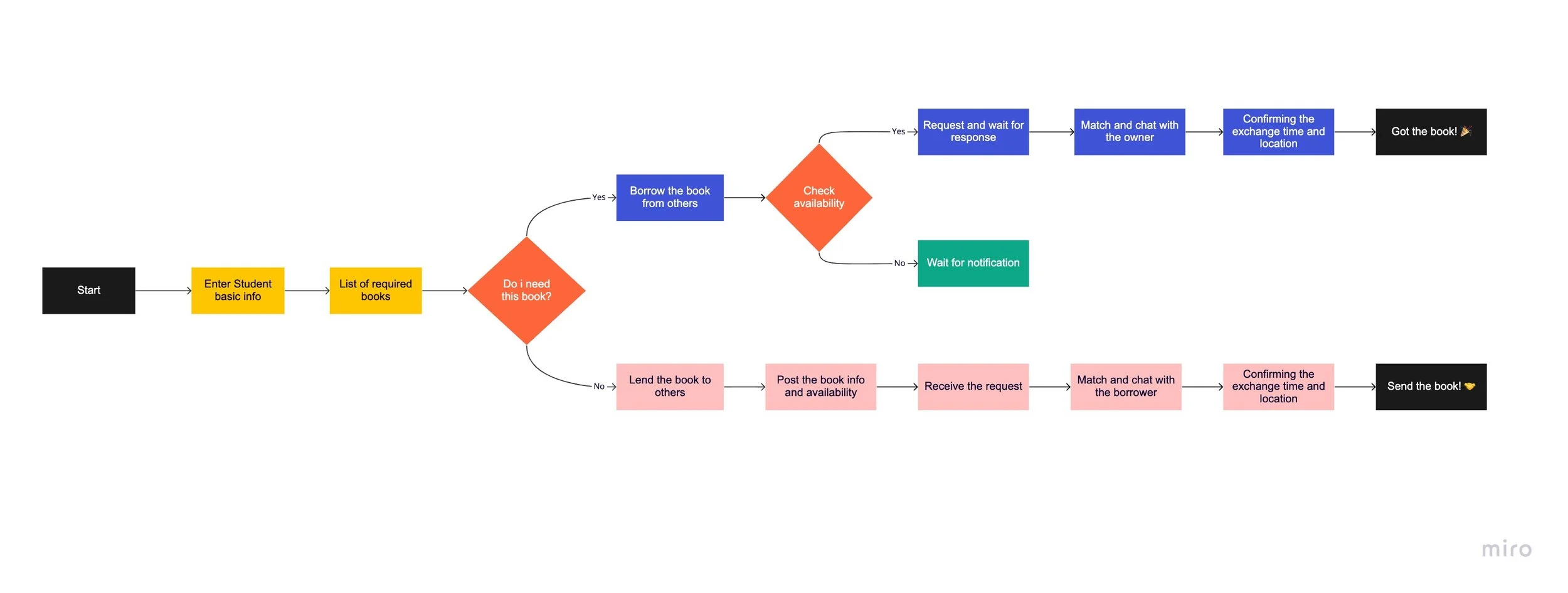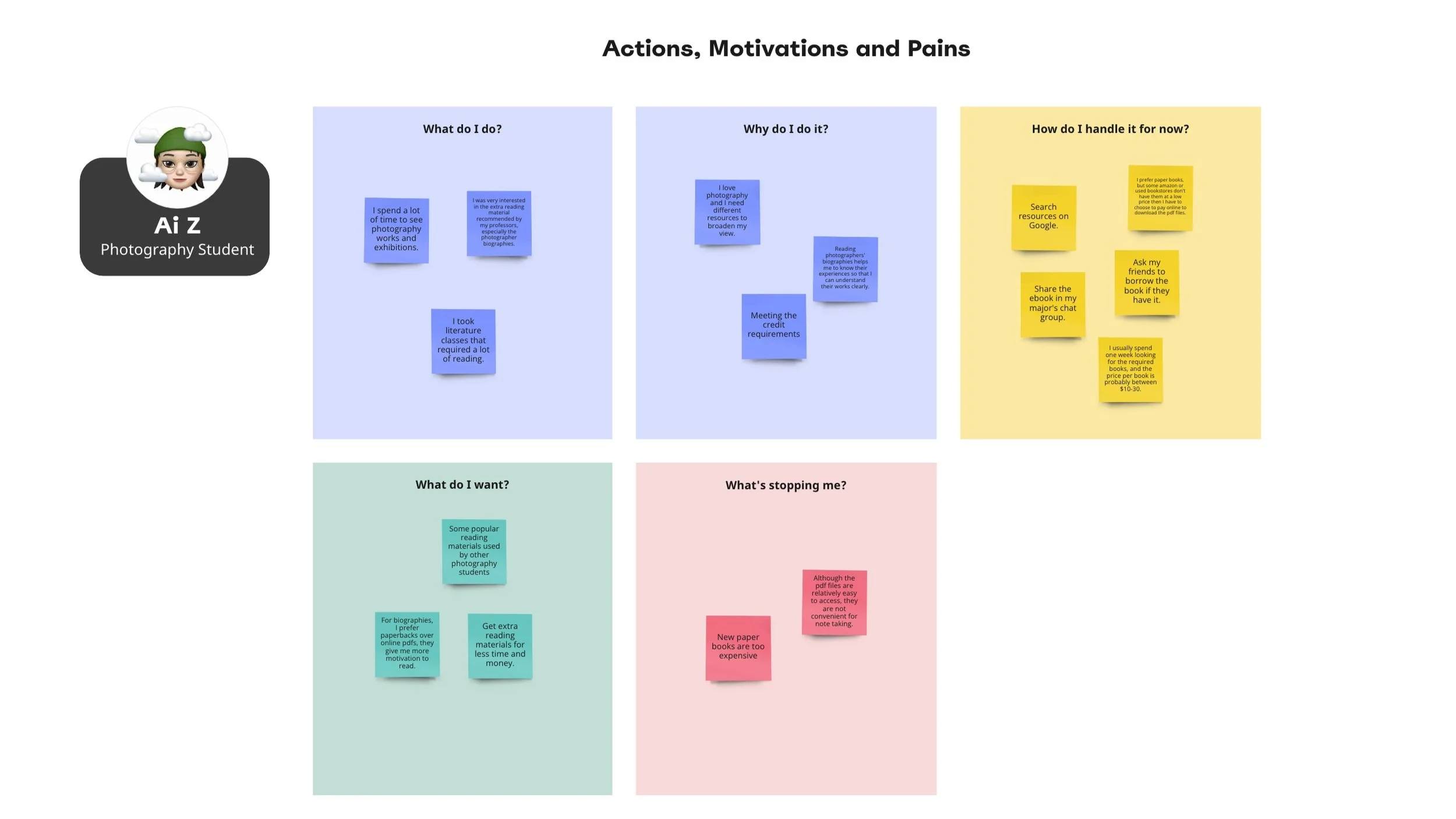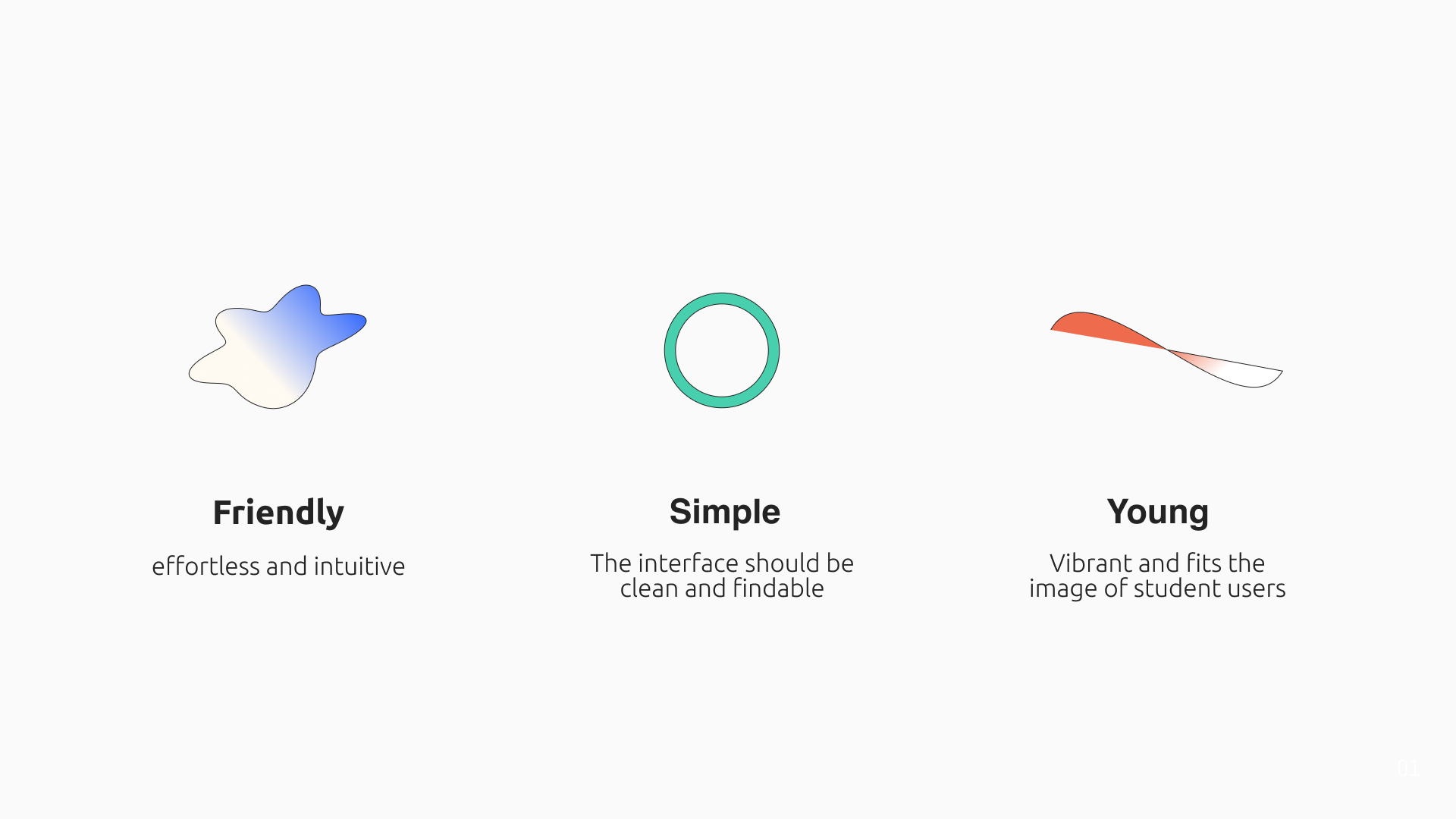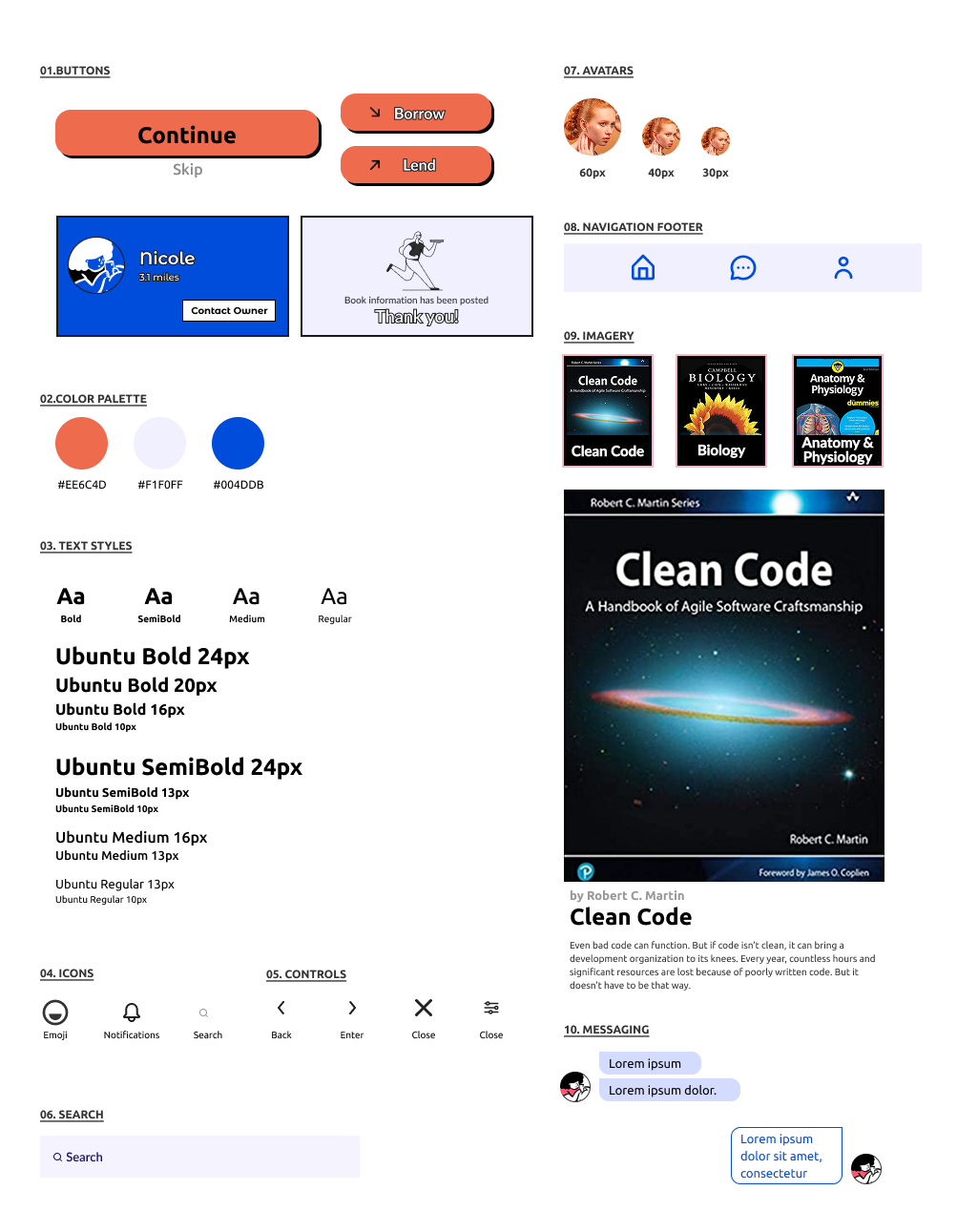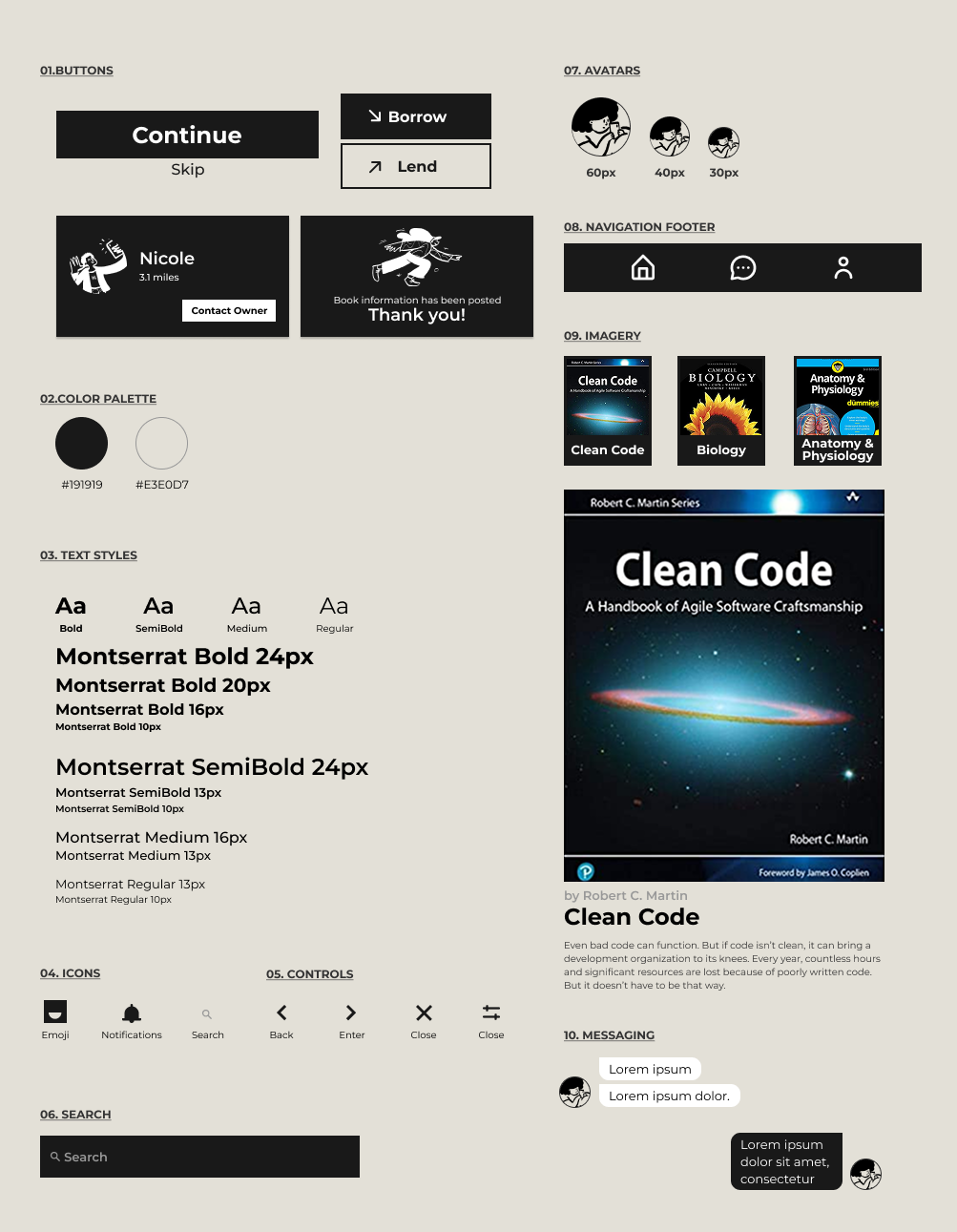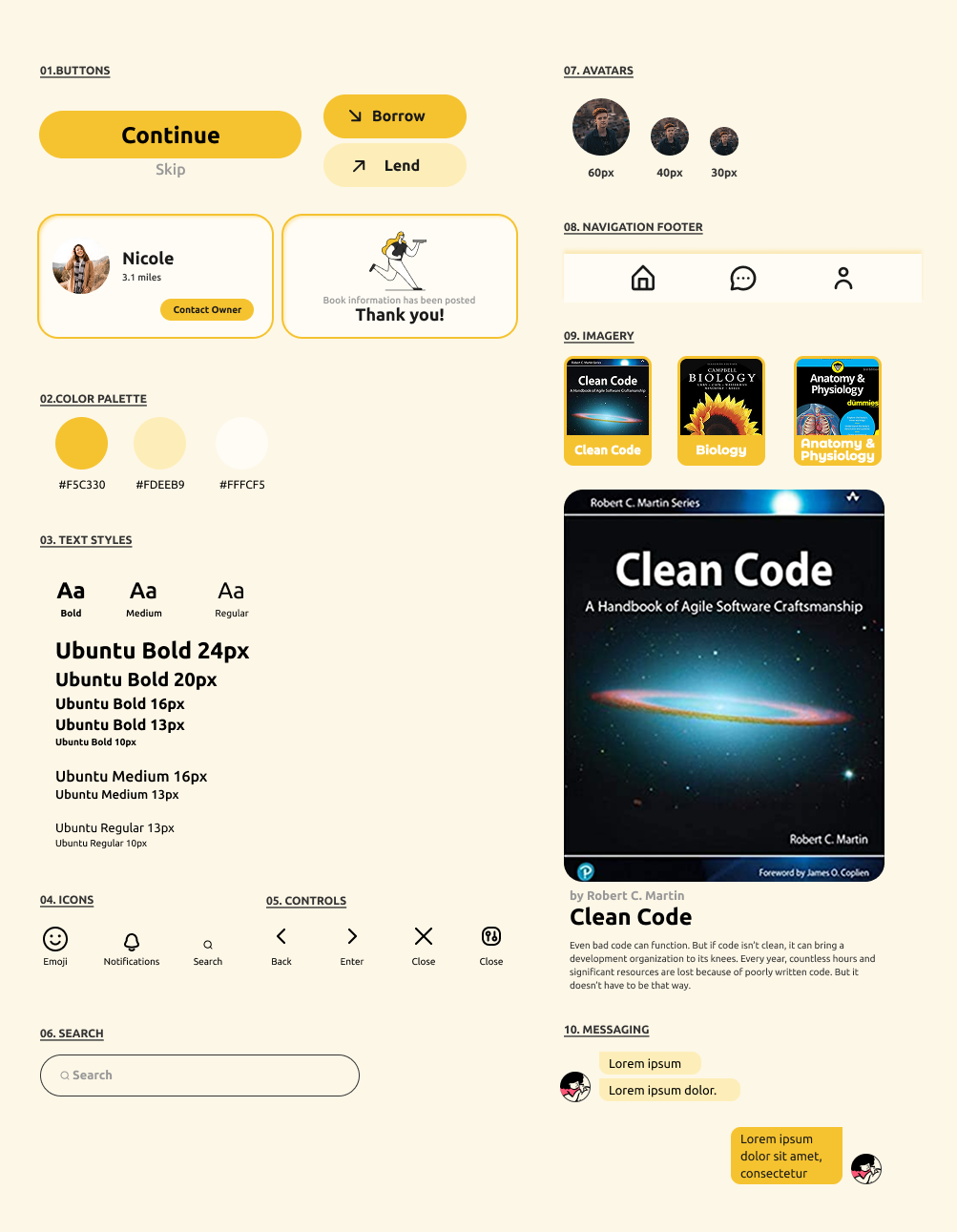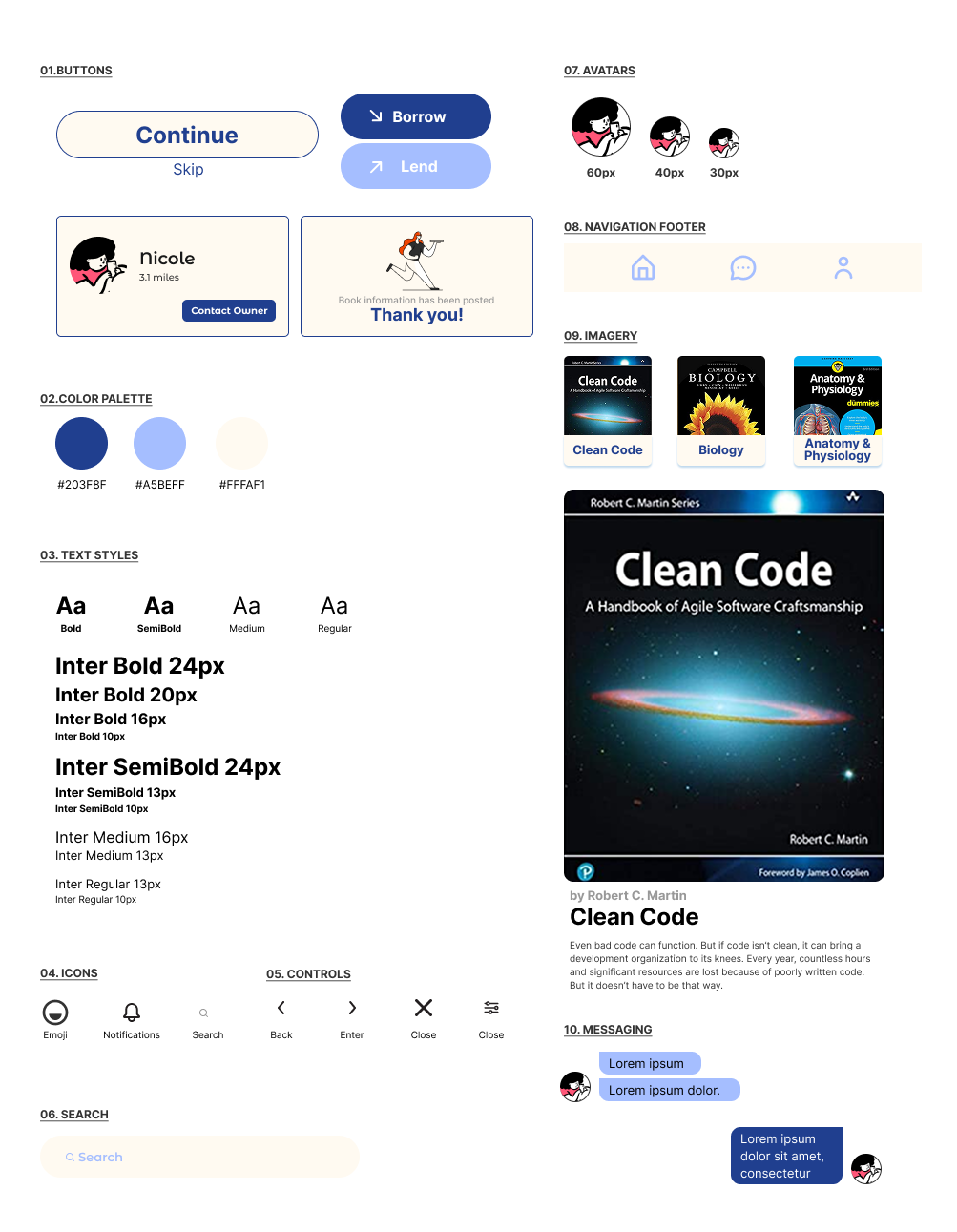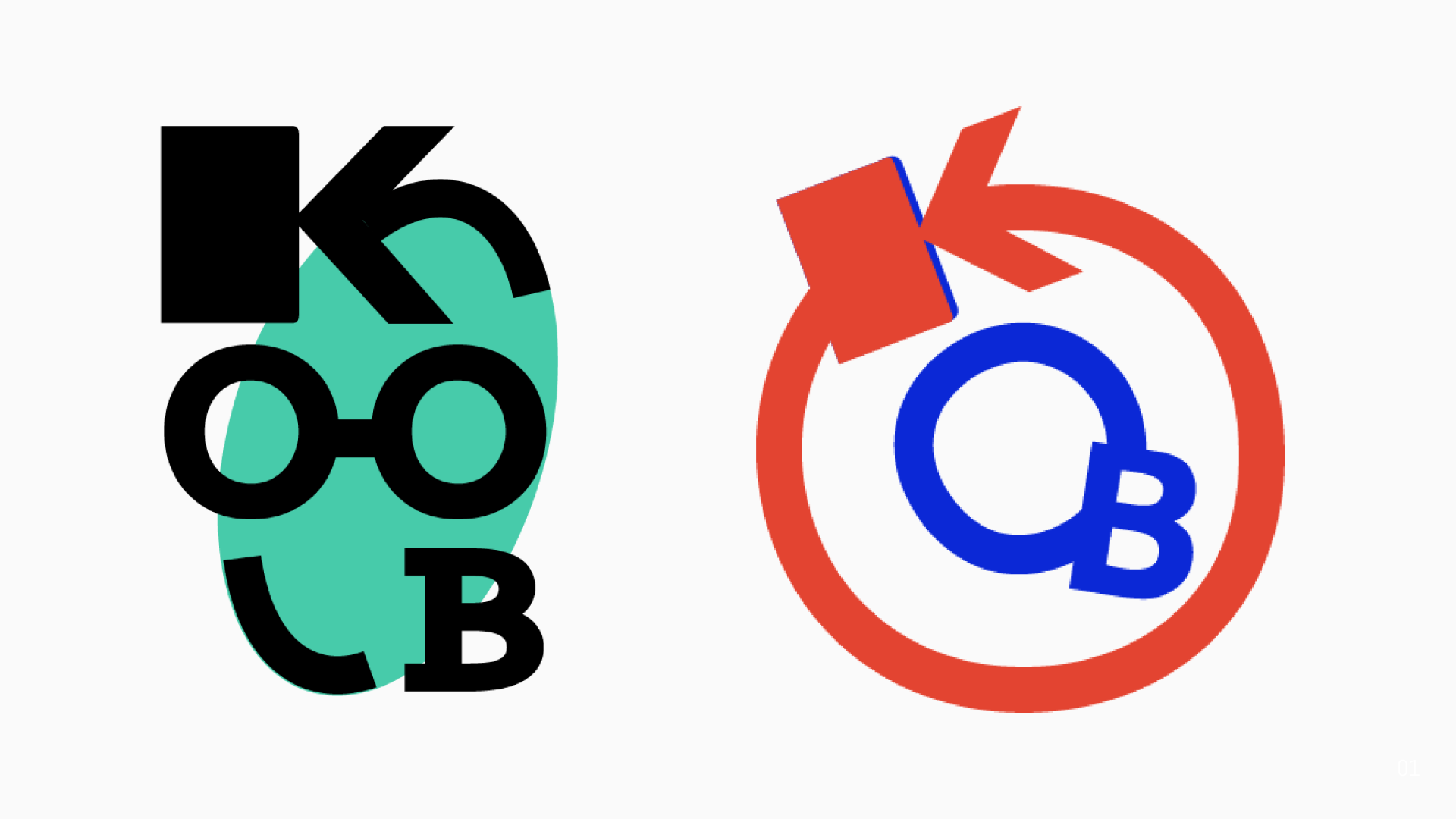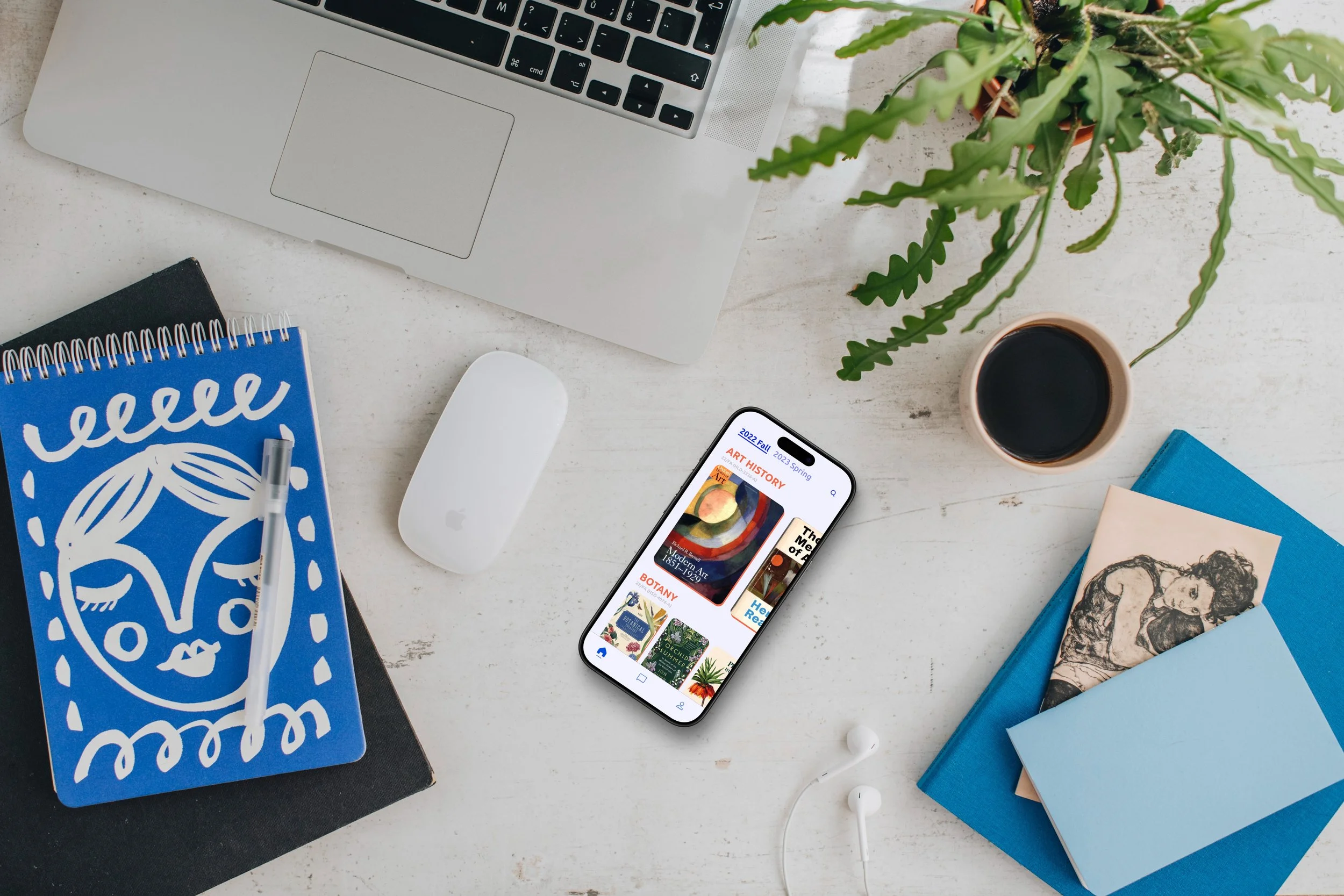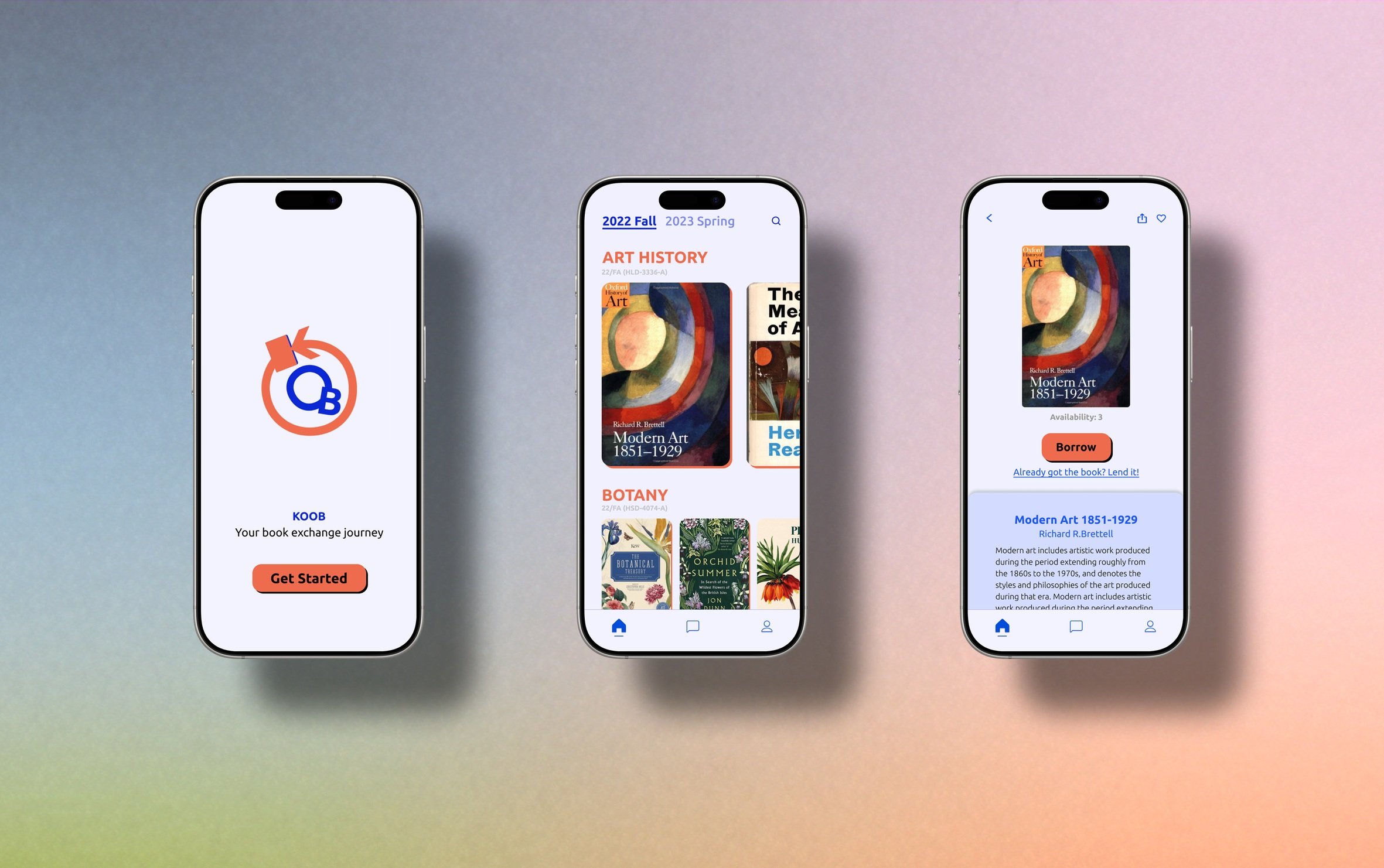
Exchange Books, Make Friends, Build a Eco-Friendly Reading Community
Category: User Experience Design, User Research, User Interface Design, Wireframing, Prototyping
For many students, buying new books is expensive, and some textbooks are hard to find. Meanwhile, students who no longer need their books often have nowhere to store or share them—leading to waste and missed opportunities.
What if there was a smarter way for college students to exchange books effortlessly?
With Koob, students can borrow, lend, and swap books online, making textbooks more accessible while building a community of readers.

For students, textbooks are expensive, hard to find, and hard to replace. While many rely on informal methods such as Facebook groups or university boards, these solutions are cluttered, unreliable, and lack a smooth user experience.
Problem
Koob is a student-centered book exchange platform that allows users to borrow textbooks from fellow students based on class requirements. You can also lend out used books and receive notifications to exchange them when someone needs them. In addition to this, students who need to borrow books can chat directly with the book owner. Users can browse available books using an intuitive, modern user interface.
Koob is like an online book swap station that focuses on usability, accessibility, and intuitive navigation, transforming book swapping into a fluid, community-driven experience.
Solution
User Research
Purpose & Personas
Before diving into the design, we identified critical decisions to shape the user experience: Which user group should we prioritize? What do students care most about when exchanging books?
How Personas Helped:
Clarified user needs and preferences.
Narrowed down interview questions to focus on book exchange behaviors.
Wireframe
User Personas: Understanding Our Target Audience
To design an intuitive book exchange experience, we created detailed user personas based on research. These personas represent real student needs, motivations, and pain points.
Joanna Lu (Graphic Design Student): Wants a simple way to lend books but finds the current methods are inconvenient.
Ai Z (Photography Student): Needs affordable books but struggles with availability and unclear book details.
Insights: Simplified book discovery with clear filters and relevant details.
Enhanced borrowing/lending process with notifications and chat integration.
User Flow
Users begin by entering their basic information and accessing a list of required books. If they need a book, they check availability, send a request, chat with the owner, and confirm the exchange details before picking it up. If they want to lend a book, they list its details, receive a request, chat with the borrower, and complete the handoff.

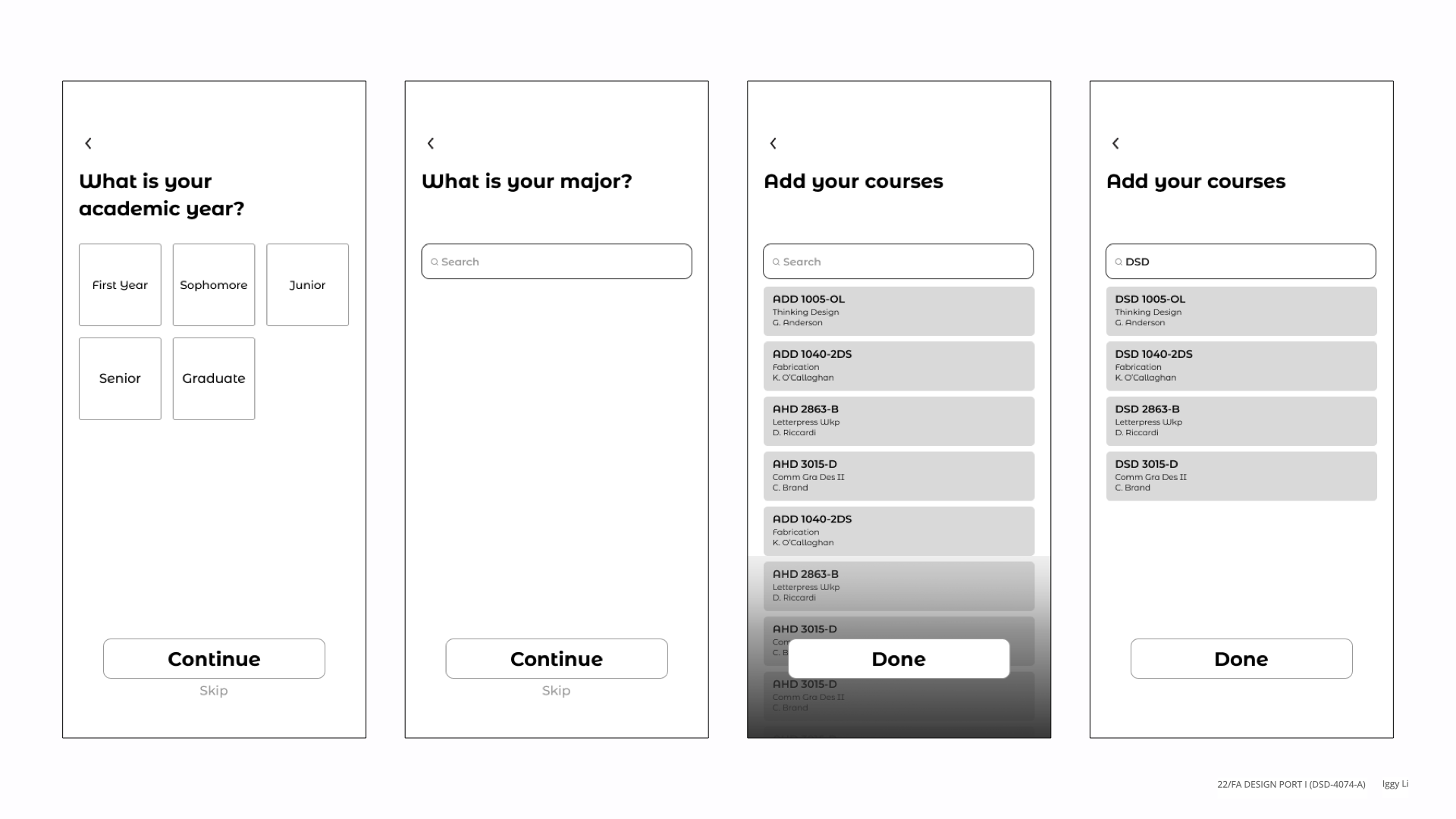
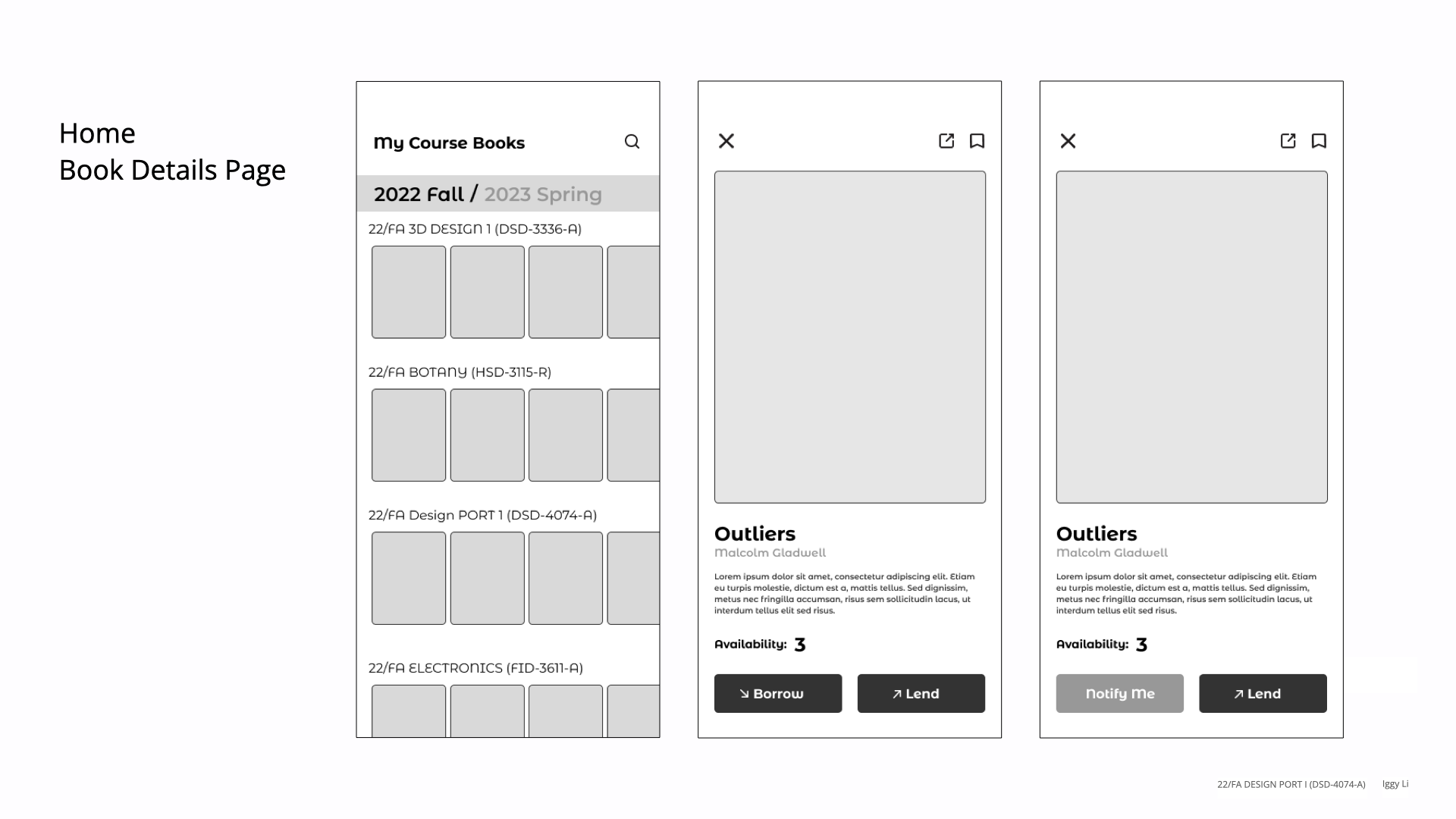
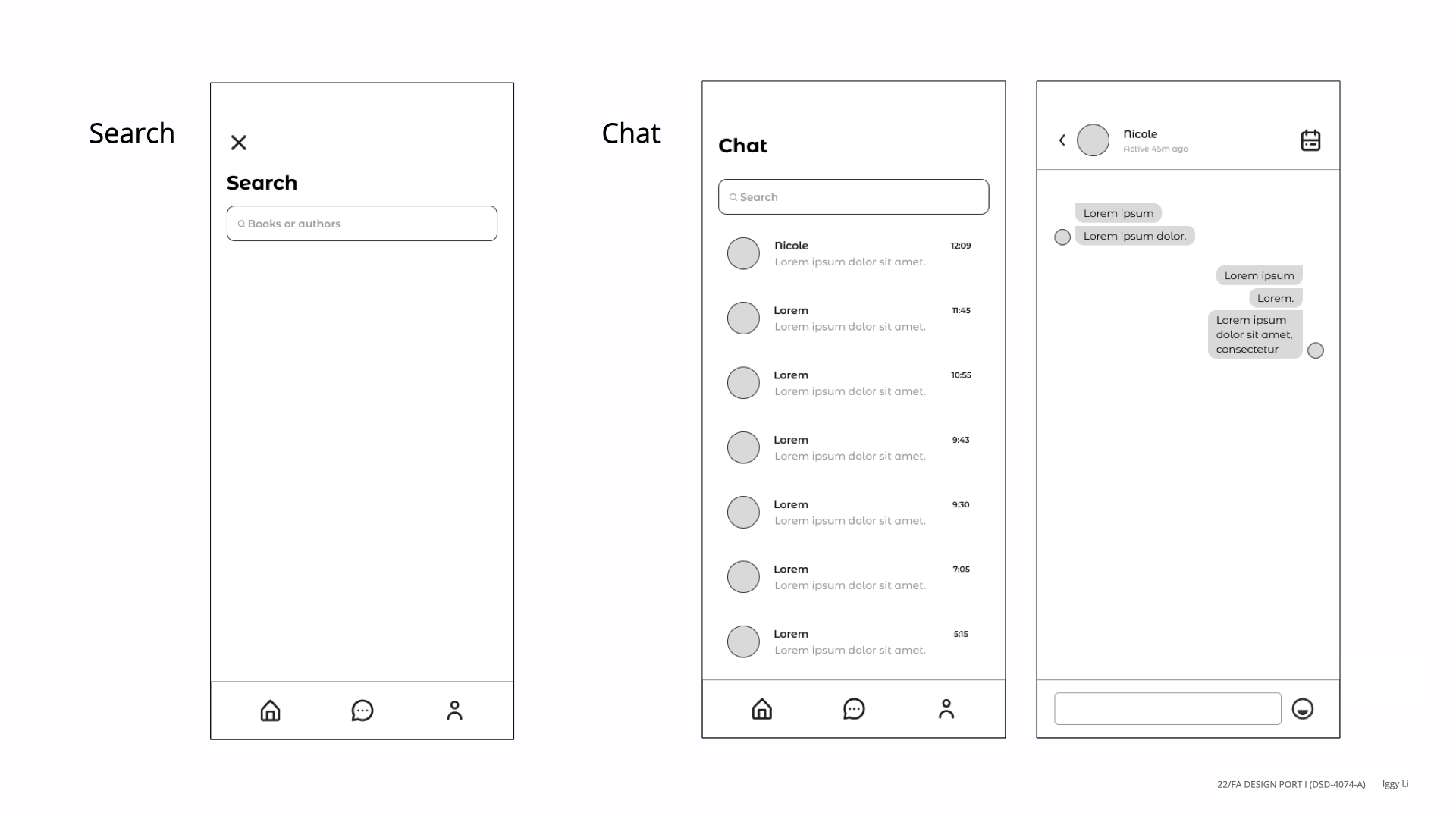
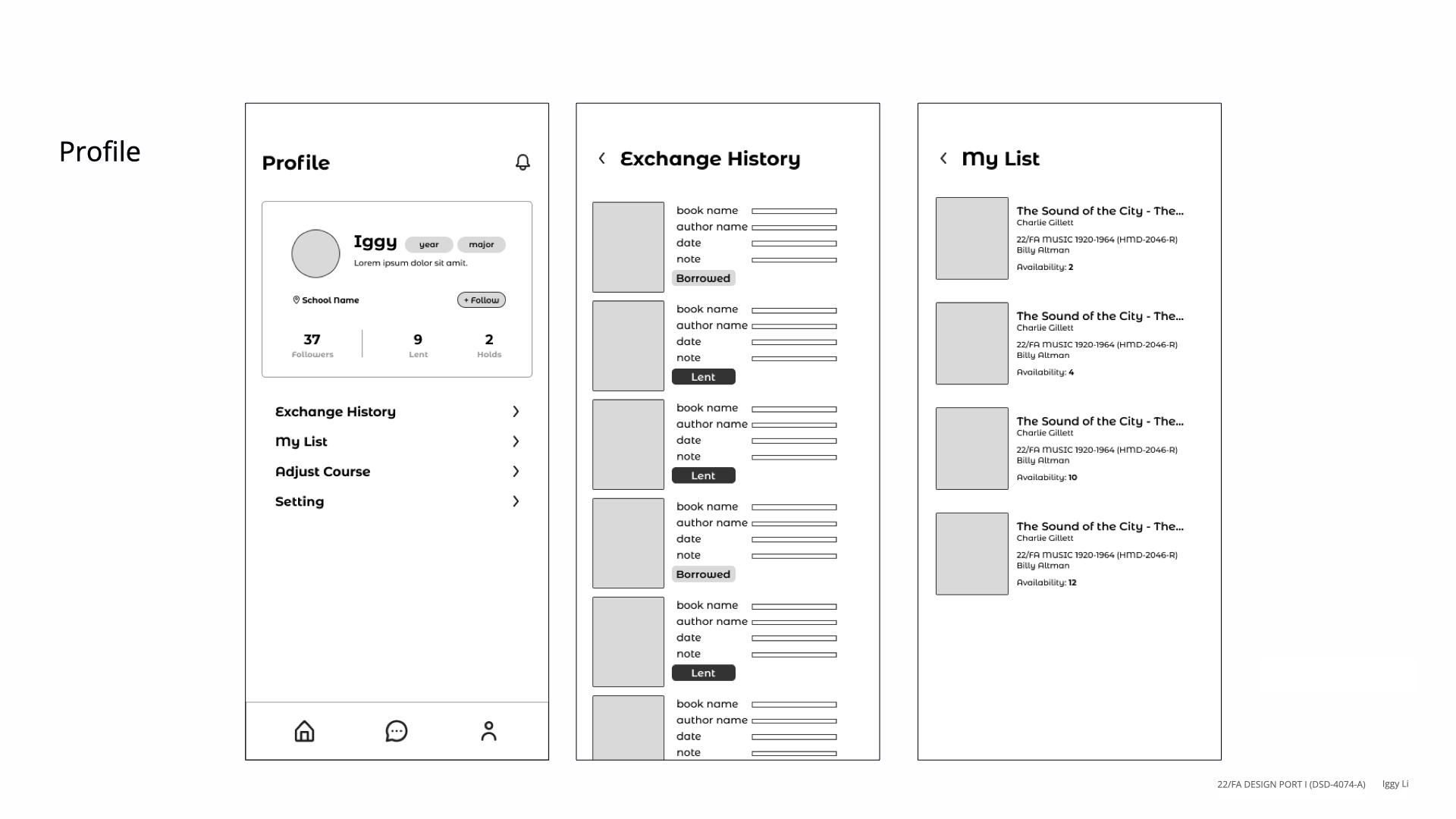
Usability Testing
Task 1: Find a Book
Users liked the onboarding process but suggested making it more focused on borrowers vs. lenders. But the homepage felt too cluttered, making it hard to find books quickly.
Solution: Simplify the homepage layout to improve search and filtering.
Task 2: Borrowing & Chatting
Users enjoyed the social aspect of connecting with students from different schools. Book details were unclear (e.g., missing edition, year, condition). Chat was engaging but could be made more prominent.
Solution: Add more book details and make the chat feature easier to find.
Task 3: Design style
Users liked the clean and simple design. Text was too small, affecting readability. Borrowed and available books looked too similar.
Solution: Increase font size and improve visual hierarchy to distinguish book statuses.
UI Design Style
Logo Design
Final Prototyping
To create the best user experience for Koob, I explored six different UI design systems, testing various typography, color schemes, layouts, and interaction patterns.
Koob is the reverse of "Book". Which means the circulation of books using.
Final Solution
Through user testing, I identified the strongest elements from my six UI design systems and combined them into two final versions. The final product was a result of testing and refining multiple UI directions.
